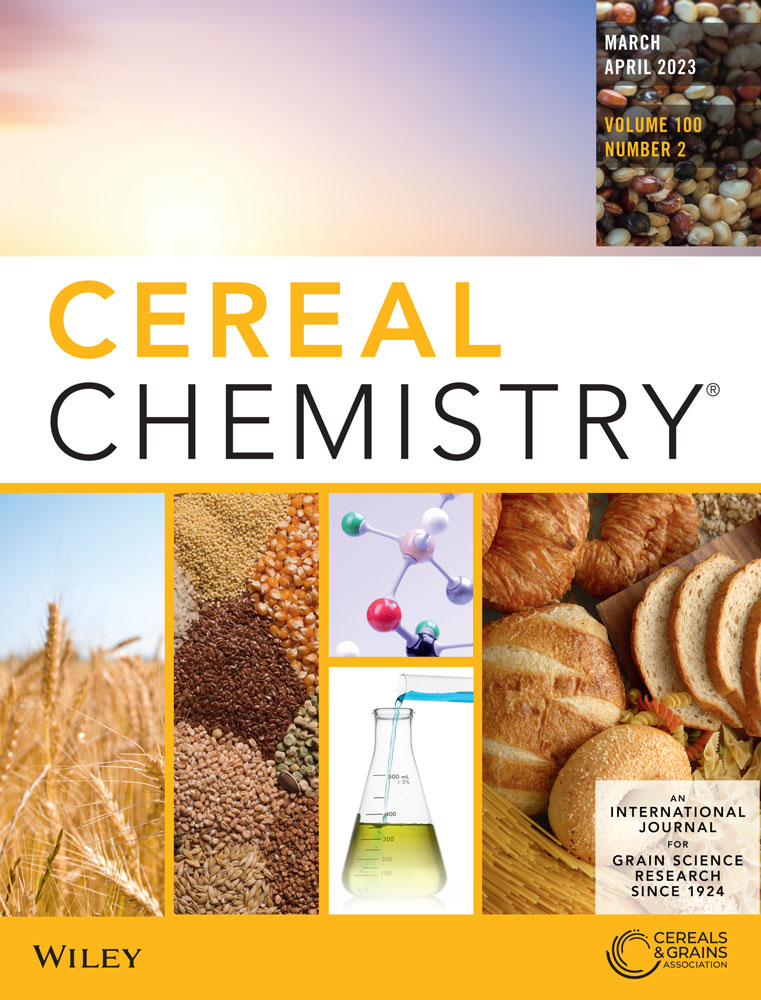The effect of cold plasma pretreatment on GABA, γ-oryzanol, phytic acid, phenolics, and antioxidant capacity in brown rice during germination
Abstract
Background and Objectives
Germination pretreatment is an effective way to improve the nutritional quality and sensory quality of germinated brown rice (GBR). Cold plasma pretreatment (CPP) has been demonstrated to improve the physicochemical properties of GBR. The effects of CPP on reducing phytic acid and improving nutrient composition in GBR have not been evaluated, and there are few studies on the changes of phytic acid and phytase, especially the changes of the forms and compositions of γ-oryzanol, phenolics, and flavonoids in GBR with CPP. Therefore, this study evaluated the changes of phytase, phytic acid, γ-aminobutyric acid (GABA), γ-oryzanol, flavonoids, phenolics, and antioxidant activity in GBR with or without CPP.
Findings
The phytic acid content in CPP-treated GBR for germination of 72 h was lower (7.60 mg/g, dry basis weight [DW]) than that in untreated GBR (9.01 mg/g DW). At the same germination time, the phytase activity and GABA, total γ-oryzanol contents in CPP-treated GBR were higher than those in untreated GBR. However, total flavonoids and phenolics levels, flavonoid compositions and phenolic acids contents, and T-AOC and DPPH antioxidant capacity in CPP-treated GBR were lower than those of untreated GBR.
Conclusions
These results indicated that CPP for brown rice was an effective method for decreasing the phytic acid and enhancing GABA and γ-oryzanol in GBR compared with non-CPP of brown rice for germination.
Significance and novelty
CPP is beneficial to reduce phytic acid and improve the GABA and γ-oryzanol contents of GBR, which provides a theoretical basis for producing functional and nutritious GBR foods.
CONFLICT OF INTEREST
The authors declare no conflict of interest.




